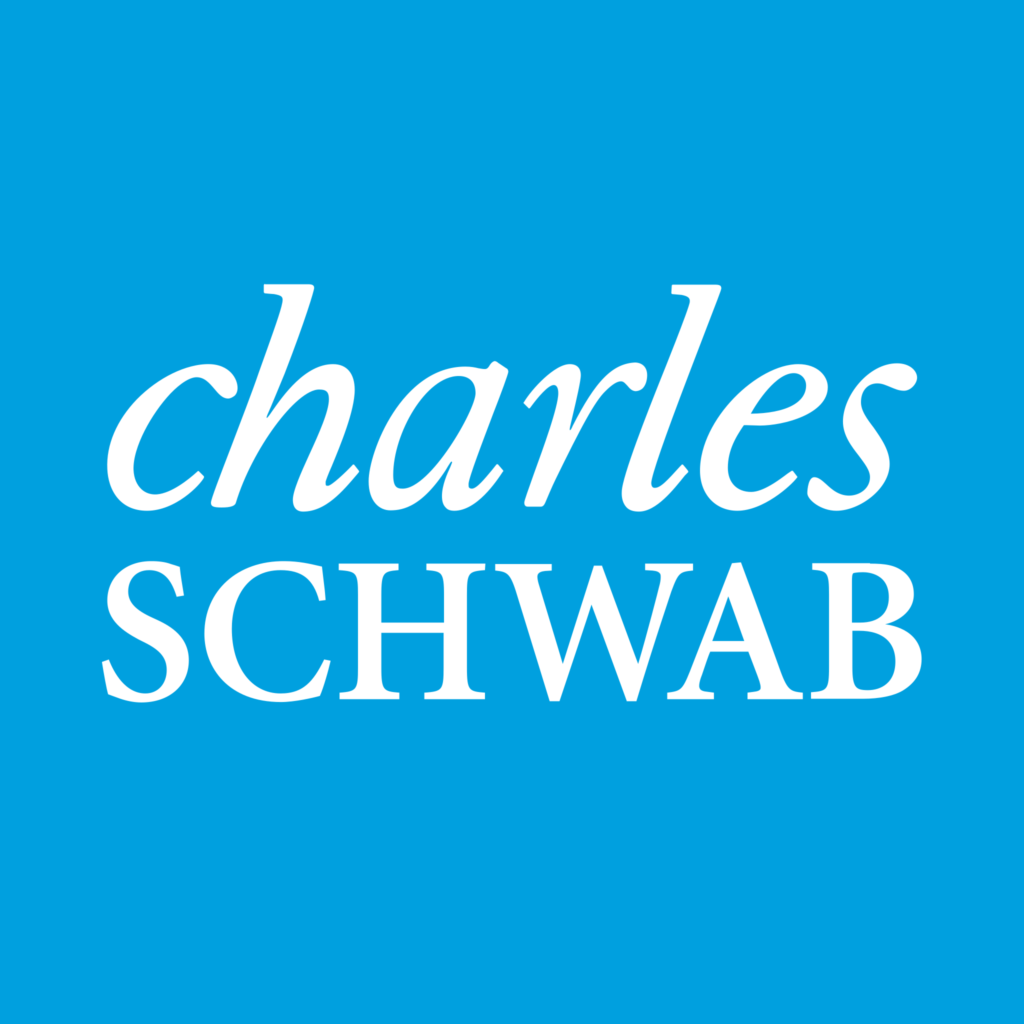Insight
How Does a 401(k) Plan Work?
Blue Bell Private Wealth Management
Are you ready to take charge of your financial future and plan for a comfortable retirement? One of the most effective ways to secure your retirement is by understanding and making use of a 401(k) plan.
Are you ready to take charge of your financial future and plan for a comfortable retirement? One of the most effective ways to secure your retirement is by understanding and making use of a 401(k) plan.
But what is a 401(k)? How can it help you with your retirement? And, most importantly, how can you use it to your advantage?
Here, we’ll explore the ins and outs of a 401(k), shedding light on key concepts and helping you make informed decisions.
What is a 401(k) and How Does it Work?
A 401(k) is a savings plan for retirement that is sponsored by your employer. It helps you build a nest egg for the future. The beauty of a 401(k) lies in its simplicity. You decide how much money you want to save for retirement, and your employer deducts a percentage of your pre-tax income from your paycheck, depositing it into your 401(k) account. This automatic saving is convenient and helps you consistently contribute to your retirement fund.
With a 401(k), you’re not just stashing money away. You’re investing it. Typically, 401(k) plans offer multiple investment options, allowing you to choose how your money grows. Your contributions have the potential to grow until you withdraw them in retirement.
Types of Employer-Sponsored Retirement Savings Plans
401(k) plans come in different flavors to suit your personal financial goals:
Traditional 401(k): You contribute with pre-tax dollars, reducing your taxable income for that year. Your investments benefit from tax-deferred growth. Withdrawals in retirement are subject to income tax.
Roth 401(k): Contributions are made with after-tax dollars, so withdrawals in retirement, including earnings, are typically tax-free. Roth 401(k)s also provide tax diversification.
403(b) and 457(b): These plans are available for employees of public schools, state colleges, religious organizations, non-profits, and local government employees. They are similar to traditional 401(k) plans, including contribution limits and investment opportunities.
Employer Matching Contributions
One of the most important features of 401(k) plans is employer matching. Many companies offer to match a portion of your contributions, effectively giving you “free money” for your retirement savings plan. For example, if you contribute 6% of your salary, your employer might match 50%, essentially adding 3% to your retirement savings.
401(k) vs. IRA: What’s the Difference?
While both 401(k)s and Individual Retirement Accounts (IRAs) are designed to help you save for retirement, there are some important differences. A 401(k) is employer-sponsored, while an IRA is opened individually. 401(k)s may include benefits like employer matching contributions, which can significantly boost your savings. IRAs provide more flexibility in investment choices. You can even contribute to both a 401(k) and an IRA if your income allows.
Contribution and Withdrawal Rules
Knowing the rules is crucial for 401(k) planning:
Contribution Limits: In 2023, the maximum contribution limit for employees is $22,500, with an additional $7,500 catch-up contribution for those over 50.
Withdrawal Rules: Early withdrawals before age 59½ are generally subject to taxes and penalties, with some exceptions. After 55, you can make penalty-free withdrawals if you’ve left your job. Mandatory minimum distributions start at age 73.
Changing Jobs and Your 401(k)
When changing jobs, you have options for your 401(k):
- Roll it into an IRA: This provides investors with greater control over their retirement funds, allowing them to choose from a wider range of investment options, potentially leading to better returns. It can also offer more flexibility in managing distributions during retirement and may reduce fees compared to a 401(k) plan. Additionally, an IRA can be inherited more easily by beneficiaries, providing potential tax advantages for estate planning. (RECOMMENDED)
- Move it: Transfer your balance to your new employer’s plan, if allowed. Your new employer’s 401(k) plan may have a different set of investment options, which might be limited.
- Keep it: Some employers allow you to keep your 401(k) account if your balance is above a certain threshold. Many employer-sponsored 401(k) plans have a limited selection of investment options, which may not align with your investment goals or risk tolerance. This lack of flexibility can hinder your ability to diversify your portfolio effectively.
- Cash out: Not recommended, as it may result in taxes and penalties.
How a Financial Advisor or Fiduciary Can Help
Preparing for retirement can be a complex endeavor, but with the right knowledge and guidance, you can work toward retirement with confidence. At Blue Bell Private Wealth Management, our fiduciaries help you reach the retirement you’ve always dreamed of. To learn more about our 401(k) planning services, contact us today to start working toward your brighter tomorrow.




